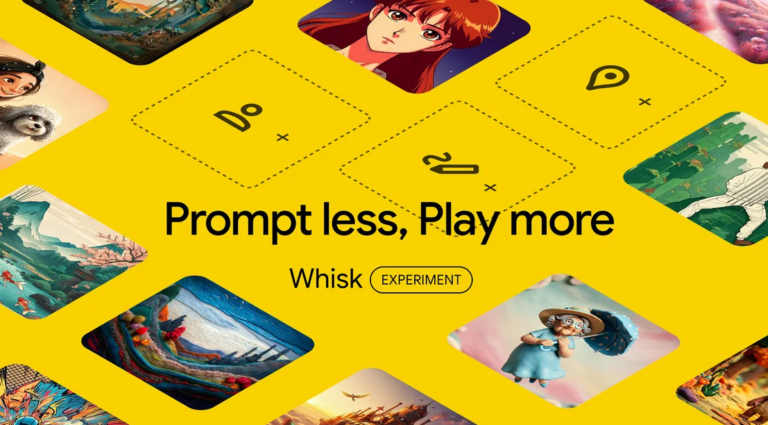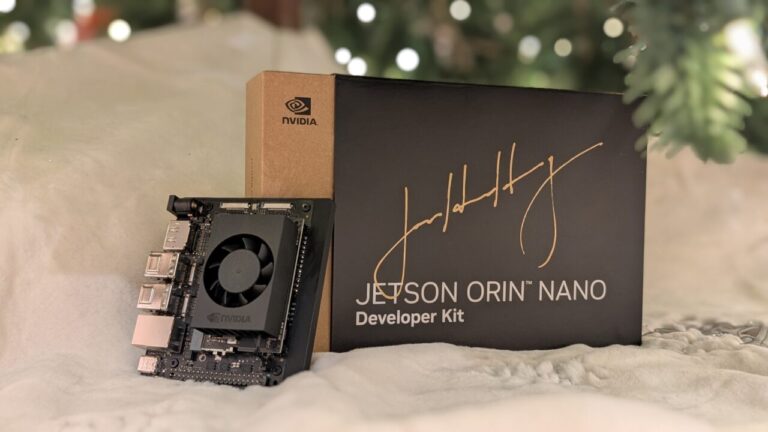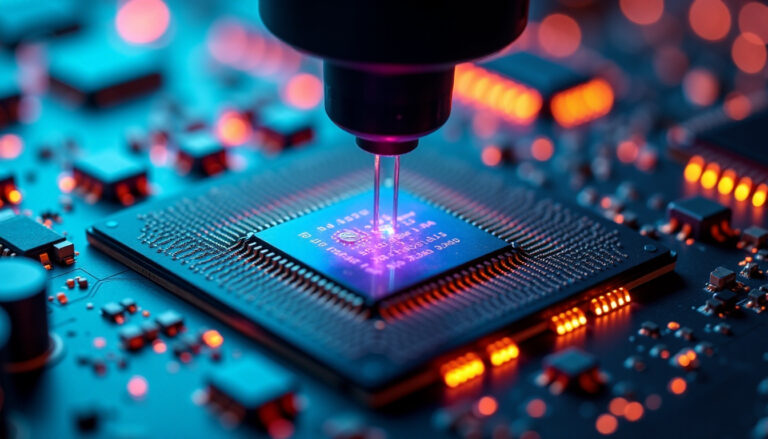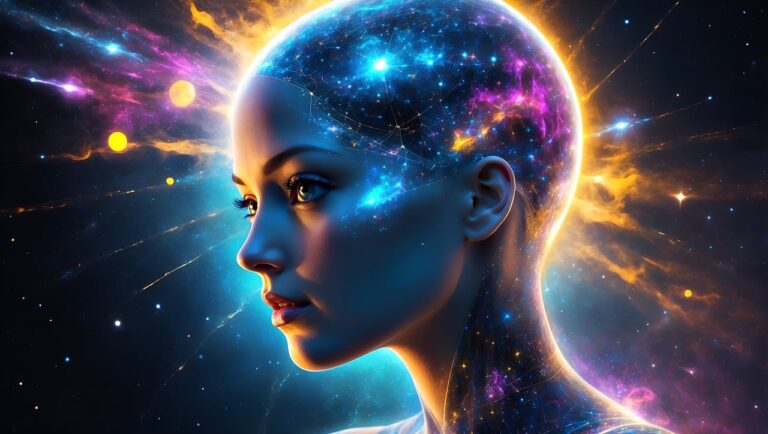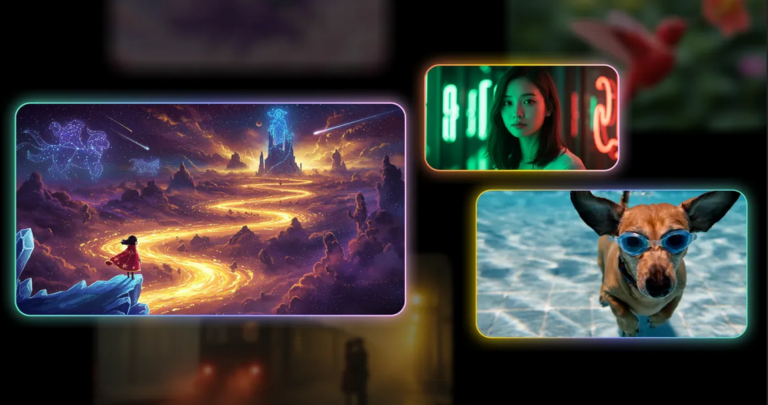Why Do I Ai?
Embracing the Future: My Journey from Photography to AI Imagery
As a photographer, I have always been captivated by the power of visual storytelling. Each click of the shutter was a moment frozen in time, a glimpse into the world as I saw it. However, as I grew older, I faced new challenges that made it difficult to continue my passion for photography in the traditional sense. At 70, with limitations in vision and the inability to drive, I found myself at a crossroads. This evolution led me to explore the realm of AI imagery, a journey that has been both exhilarating and transformative.
The decision to transition from traditional photography to AI-generated art was not made lightly. It stemmed from a desire to push the boundaries of creativity and explore new frontiers, despite the physical limitations I now face. AI imagery offers a unique blend of technology and artistry, allowing for the creation of visuals that were once confined to the imagination. The ability to generate intricate, otherworldly scenes and abstract concepts with the help of AI has opened up a world of possibilities that traditional photography could not.
One of the most significant advantages of AI imagery is its ability to transcend the limitations of the physical world. With AI, I can create surreal landscapes, fantastical creatures, and abstract compositions that challenge the viewer’s perception of reality. This newfound freedom has reignited my passion for visual storytelling, enabling me to convey emotions and ideas in ways that were previously unimaginable.
If not for AI, I would be sitting at home watching TV, being terribly bored. AI gives me the ability to continue creating beautiful imagery into my old age. This technology has provided me with a new lease on life, allowing me to stay engaged and creative despite the challenges I face.
However, the transition to AI imagery has not been without its challenges. One of the most common criticisms of AI art is that it lacks the human touch, the soul that is often present in traditional art forms. Some argue that AI-generated works are devoid of the personal connection and emotional depth that come from human experience. While these concerns are valid, I believe that AI art is not meant to replace traditional art but to complement it.
AI is a tool, much like a camera or a paintbrush. It is the artist’s vision and creativity that breathe life into the work, regardless of the medium. By embracing AI, I am not abandoning my roots in photography; rather, I am expanding my artistic toolkit. The fusion of AI and human creativity can result in breathtaking works of art that resonate with viewers on a profound level.
Moreover, the rise of AI art has sparked important conversations about the nature of creativity and the role of technology in the arts. It challenges us to rethink our definitions of art and to consider the possibilities that lie at the intersection of human ingenuity and technological innovation. While some may be hesitant to embrace AI art, I see it as an opportunity to explore new dimensions of creativity and to push the boundaries of what is possible.
In conclusion, my journey from photography to AI imagery has been a testament to the ever-evolving nature of art. It is a journey that has allowed me to explore new horizons, challenge conventional norms, and create works that inspire and captivate. While AI art may not be for everyone, it is a powerful tool that, when wielded with creativity and vision, can produce extraordinary results. As we continue to navigate the digital age, I am excited to see how AI will shape the future of art and to be a part of this exciting evolution.
Jim Robbins for Desert Island Ai Art




